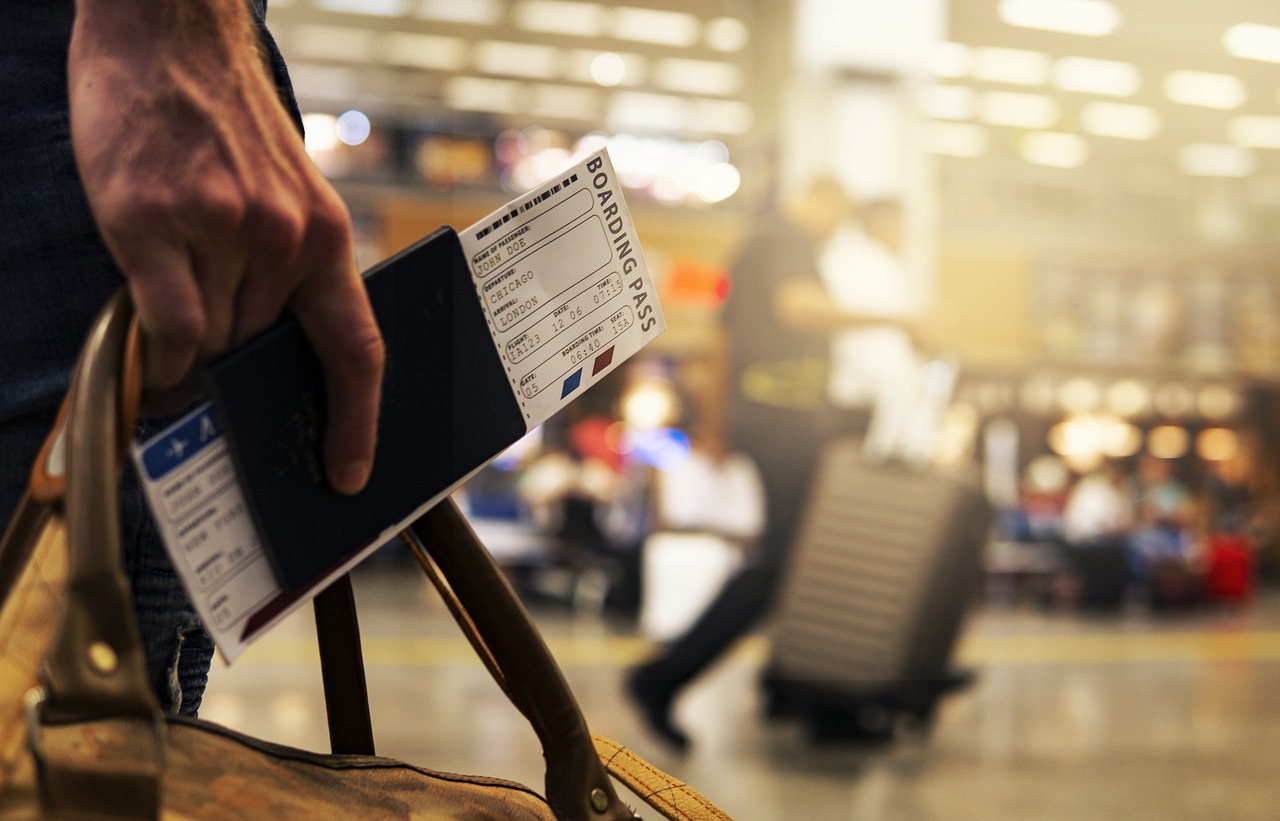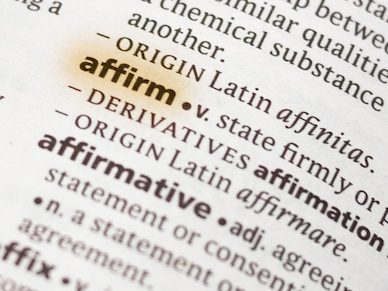CAFC Finds No Violation of IPR Reply Restrictions in Apple’s Expansion of Analogous Art Arguments
“While Apple invoked the pertinent to the problem test in its reply and not its petition… analogous art arguments need not be raised at the petition stage and [] petitioners may use a reply to respond to such arguments raised by patent owners.”
On October 16, the U.S. Court of Appeals for the Federal Circuit (CAFC) issued a precedential decision in Corephotonics, Ltd. v. Apple Inc. affirming most of a final written decision by the Patent Trial and Appeal Board (PTAB) that invalidated dual-aperture camera system patents owned by Corephotonics. The Federal Circuit nixed the patent owner’s arguments that asserted prior art references were not analogous art but remanded to the PTAB for further explanation of its ruling, as the Board may have misconstrued the pertinent problem addressed by one reference.
Apple Adds ‘Pertinent to the Problem’ Standard to Petitioner’s Reply
In 2017, Corephotonics filed a patent infringement suit against Apple in the Northern District of California asserting four patents covering dual-aperture camera systems with methods that create a smoother transition when switching between wide-lens and tele-lens views. Apple filed a series of petitions for inter partes review (IPR) proceedings at the PTAB challenging the validity of all asserted patent claims. Those petitions included a series of obviousness challenges, each of which relied upon a pair of prior art references: U.S. Patent No. 8081206 (“Martin”); and U.S. Patent Application 20120026366 (“Golan”). Martin claims methods of producing two-dimensional images perceivable as three-dimensional images by “critically aligning” images captured from different points of view. Golan discloses camera systems that feature a calibration method preventing an image from “jumping” when switching from a wide lens to a tele lens while zooming.
Apple’s IPR petitions stated that both Golan and Martin were analogous prior art references “in the same field of endeavor.” After the PTAB instituted IPRs based on Apple’s petitions, Corephotonics pointed out in briefing that Apple’s petition did not establish that Golan and Martin were in the same field of endeavor of the challenged patents and not just the same field as each other. Apple’s reply briefing corrected this point but added that Martin was also “reasonably pertinent to the problem” faced by the inventors of the challenged patents, which the PTAB agreed with in its final written decision. In reciting the legal standard on analogous art determinations, the Federal Circuit described the same field of endeavor and pertinent to the problem standards as separate tests defining the scope of analogous art.
Analogous Art Arguments Need Not Be Anticipated at Petition Stage
On appeal to the Federal Circuit, Corephotonics raised a series of challenges to the PTAB’s decision on procedural grounds, each of which were dismissed by the appellate court. While Apple invoked the pertinent to the problem test in its reply and not its petition, the Federal Circuit cited Sanofi-Aventis Deutschland v. Mylan Pharmaceuticals (2023) for the premise that analogous art arguments need not be raised at the petition stage and that petitioners may use a reply to respond to such arguments raised by patent owners.
This conclusion satisfied both the newness and responsiveness restrictions on IPR petitioner replies set by statute, agency regulation and appellate case law, according to the Federal Circuit. Although the court treats the “same field of endeavor” and “pertinent to the problem” standards as different tests, it added that they are related bases for the same ground of obviousness. The Federal Circuit found that Corephotonics had adequate notice of Apple’s position on analogous art, and that Apple satisfied the newness restriction by focusing on the same references and obviousness theories. On responsiveness, the appellate court found that Corephotonics’ “broad attack” on Apple’s argument deficiencies “made it appropriate for Apple to respond with an elaboration of the bases on which its prior art references satisfy the analogous art requirement.”
Turning to Corephotonics’ substantive arguments on appeal, the Federal Circuit found the PTAB’s determination that Golan was in the same field of endeavor as the challenged patents supported by substantial evidence. However, the Federal Circuit remanded to the PTAB the issue of whether Martin was pertinent to the inventor’s problem. In reviewing the Board’s final written decision, the appellate court was unsure whether the PTAB made a mere typographical error when it described the problem addressed by both Martin and the challenged patents’ inventors as “reducing image jump… when switching between cameras that have different fields of view.” Instead, Martin is directed to cameras with different points of view, a conclusion both Apple and Corephotonics acknowledged on appeal. Because the challenged patents addressed issued with different fields of view, not points of view, the Federal Circuit had no record basis for the PTAB’s determination.
Steve Brachmann
Steve Brachmann is a graduate of the University at Buffalo School of Law, having earned his Juris Doctor in May 2022 and served as the President of the Intellectual Property […see more]







